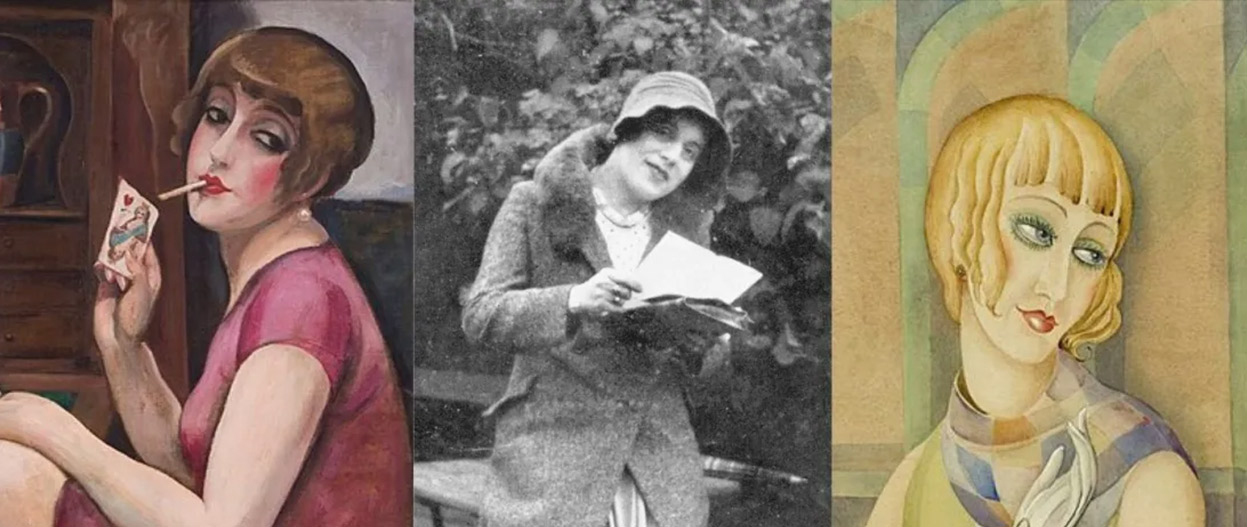
Lili Ilse Elvenes, better known as Lili Elbe, was a transgender woman and a successful Danish painter in the early 1900s. She was one of the first recipients of gender-affirming surgery and underwent five highly experimental surgeries in the 1930s. In 1931 she received the first known uterus transplant, hoping to start a family, but died due to subsequent complications.
Her semi-autobiographical narrative was published after her death in 1933 and titled “Man into Woman: An Authentic Record of a Change of Sex.” Her life inspired the novel and film “The Danish Girl”, as well as an opera named “Lili Elbe” which premiered in 2023.
Elbe met Gerda Gottlieb for the first time while studying at the Royal Danish Academy of Fine Arts in Copenhagen. They fell in love and tied the knot in 1904, when Gerda was nineteen and Lili was twenty-two. Gerda’s family was quite conservative, as her father was a vicar. Despite this, Gottlieb supported and nurtured Elbe throughout their marriage. Lili found she enjoyed dressing in women’s clothing after filling in as a model and sitting for one of Gerda’s paintings. She was a frequent subject of Gerda’s work after this, and Gerda became famous for her haunting portrayals of beautiful women in chic apparel. The couple faced scandal when the public discovered that the model depicted in Gottlieb’s work was actually her spouse, Elbe, who had not publicly revealed her gender identity before that point. They left their home in Copenhagen and moved to Paris in 1912, where Lili was able to live more openly as a woman.
After Elbe began to undergo multiple gender-reaffirming surgeries in 1930, her case became a sensation in Danish and German media. A Danish court annulled Lili and Gerda’s marriage later that year and the two parted amicably. After Elbe was able to legally change her name and gender, she ended her career as a painter, feeling that her work was tied to the cisgender man she had been perceived to be.
There are many gaps in the life story of Lili Elbe. There is speculation that Elbe may have been intersex or had Klinefelter Syndrome, but the destruction of medical and historical records leaves many questions unanswered. Nazi students destroyed books related to her story at German’s Institute for Sexual Research in 1933, and in 1945, Allied bombing raids demolished the Dresden Women’s Clinic which held her medical documents.
